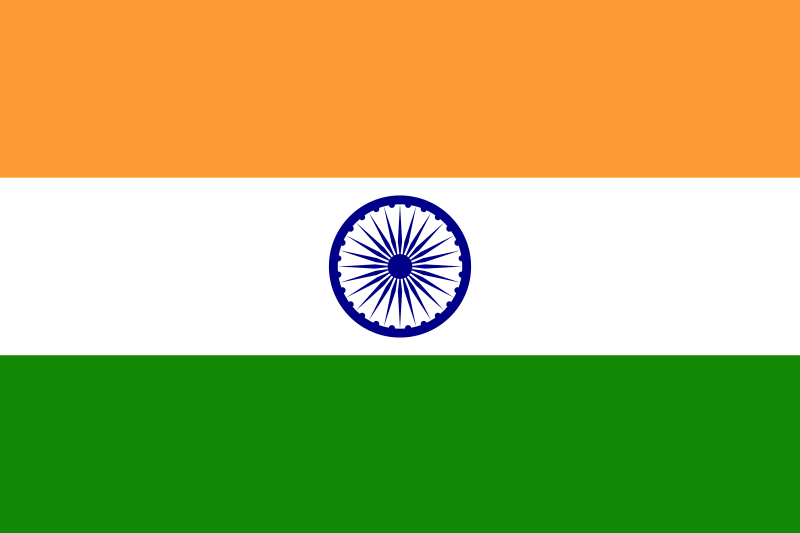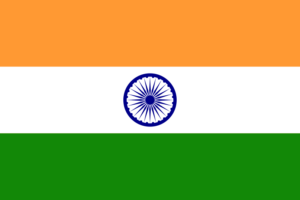India: Phase I Results of National Solar Mission
July 27, 2013
The Jawaharlal Nehru National Solar Mission was launched in January 2010 as one of the eight Missions under Climate Change in India and was to be implemented by the Ministry of New and Renewable Energy (MNRE). It set an ambitious target for the solar thermal sector: 20 million m² of totally installed collector area by 2022. To attract investments, the federal government extended a capital subsidy of 30% on the basic cost of the system and has offered a 5% interest loan on 80% of the benchmark costs. The announced subsidy was INR 3,300 (about 47 EUR) per m² for systems with flat plate collectors (FPC) and INR 3,000 (about 42 EUR) per m² for vacuum tube collector (VTC) systems.
The following presents the major milestones during the mission’s successful first phase (also found at the related story links on solarthermalworld.org):
One of the greatest achievements of the Solar Mission was the doubling of the cumulated installed collector area. Until March 2013, 6.98 million m² were installed according to MNRE, whereas prior to the Solar Mission, the total number had been 3.51 million m² – achieved over the previous 20 years. With an annual newly installed collector area of 1.41 million m² in fiscal year 2012/2013, India ranks third after China and Turkey. The share of VTCs in the newly installed collector area rose to 65%.
A scheme of Channel Partners was established to speed up subsidy disbursement. Manufacturers or dealers which are part of the scheme and registered with MNRE can reduce the price for the end consumer and apply for a subsidy reimbursement at the ministry (News in September 2010). Starting out with only 25 Channel Partners in June 2011, the number has meanwhile jumped to 160, including both types – FPCs and VTCs. Furthermore, the MNRE rated the Channel Partners based on their financial capability and performance to ensure that fly-by-night operators do not penetrate and affect the market with sub-standard systems. The Channel partners have to adhere to stringent technical specifications to ensure sufficient system quality.
In order to streamline data collection, the MNRE launched the SOLARWHIN software, in which all Channel Partners have to enter their subsidy claim applications. Although the platform has still a long way to go as many Channel Partners are yet to register, it guarantees that an installation cannot be registered twice. It also gives an instant picture of which types of systems were commissioned in a given month/year, whether FPC or VTC. (News in January 2013)
In order to give people who may think about buying a solar water heater more information on the technology, a National Toll-free Helpline was started as well. It has so far received over 100,000 phone calls in 20 months (News in July 2012).
The government additionally supported the formation of a national solar thermal industry body, the Solar Thermal Federation of India (STFI). Currently, the organisation counts 27 manufacturers among its members, which control over 85% of the market. The STFI has been successfully taking on issues of common interest. (News in March 2010)
There, however, is another side to the story: While markets surged, the liabilities for subsidy reimbursement surged, too, and has left many manufacturers with a negative balance sheet, their claims yet to be settled (News in February 2013). The subsidy is to come from a National Clean Energy Fund, which collects its money by taxing coal usage. Because of mismanagement during collection, the MNRE did not receive the funds in time and applications have piled. Even though close to 50% of the subsidy reimbursements have been settled up to now, the government still owes a huge amount. The STFI also feels that since the market has matured, the government must do away with the subsidy altogether. While it is a fact that the subsidy is driving the market surge, the mechanism has failed to enthral the Channel Partners.
Overall, the National Solar Mission has brought several firsts to India´s solar thermal market and has proven as one of the most successful case studies of market transformation, which could be an inspiration for other new emerging solar thermal markets. Phase II will be crucial in channelling the market dynamics and has the potential to place India at the world’s top spot.


